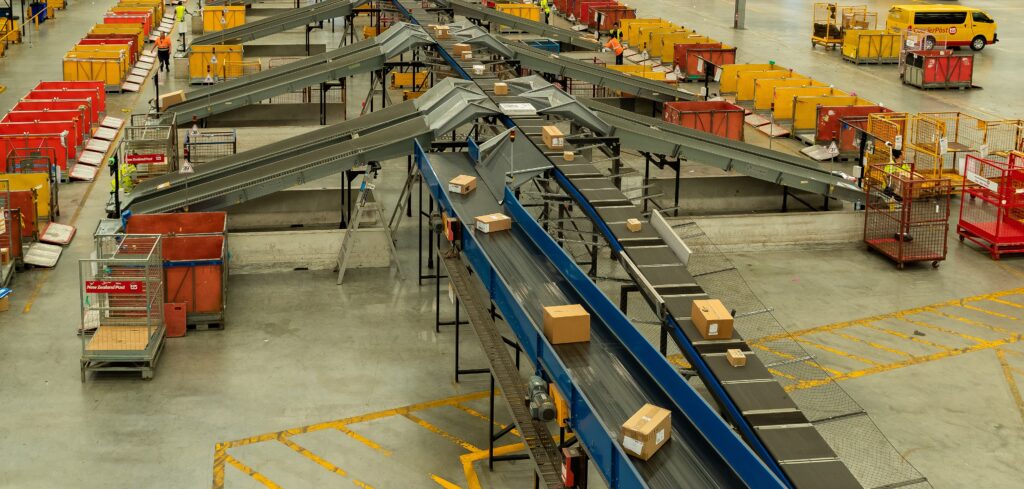NZ Post’s eCommerce Spotlight report for the first quarter of 2023 shows Kiwis are tightening their belts in tough economic times.
According to the report, shoppers spent more than NZ$1.36bn [US$855m] on physical goods in the first quarter of 2023, which was a 22% drop in online spending from the same quarter in 2022. On average there were around 139,000 online transactions a day in the quarter – around 34,000 transactions less a day than the same quarter a year ago. Along with shopping less often, online shoppers also spent less each time. The average online basket size was NZ$108 (US$67) in Q1 2023, down almost NZ$4 (US$2) (3%) from Q1 2022 to a similar level to Q1 2020.
The report highlighted that the start of 2022 was impacted by the arrival of the Omicron Covid-19 variant, seeing the country once again back in lockdown by late January. With physical shopping restricted, online shopping was the main option for many Kiwis through the quarter. Putting this decline in context, Q1 2023 spending was still almost 60% higher than what it was three years ago. This period of Q1 2020 was the quarter when Covid-19 first appeared, leading to the first online peak in the following quarter.
NZ Post states that one of the main factors affecting the decrease in online spending is the economy. Shoppers have responded by shopping less often, putting less in their shopping cart and looking around for cheaper alternatives. The report also showed the continuation of Kiwis favoring local retailers when it comes to shopping online, with 72% of online spending in Q1 2023 with Kiwi-based retailers.
Chris Wong, general manager – business at NZ Post, said, “It continues to be a complicated picture and to understand the drop we must go back a year, to Q1 2022, and understand the situation we were in then. Now more than ever, shoppers love a bargain. And Q2 offers a number of good opportunities for online retailers to stimulate spending from existing and new customers with Easter, ANZAC Day, Mother’s Day and King’s Birthday promotions. Kiwis favoring local retailers reflects a desire to support the local economy, the quicker delivery available and possibly also the money-saving option to click and collect.”
Homewares, appliances and electronics (down 33%) was the sector with the largest online spending decline compared to Q1 2022. Shoppers have also cut back spending across all channels, not just online shopping. Instore spending for Q1 2023 was NZ$12.35bn (US$7.7bn), down 2% on the same quarter in 2022. Total retail spending for Q1 2023 – online and instore – was NZ$13.71bn (US$8.6bn), 4% lower than in Q1 2022, but still 5% above Q1 2021 and 13% above Q1 2020 when the Covid-19 pandemic started. Regionally, online spending fell across all regions compared to the same quarter in 2022, with half of all regions experiencing declines of 20% or more. Taranaki and the West Coast were the regions with the smallest declines (-12%).
The eCommerce Spotlight stats for Q1 2023 found that 83 million Kiwis (44% of the population aged 15 and over) shopped online in the first quarter of 2023. This is 7% (more than 146,000 people) down on Q1 2022. However, the number of people buying online this quarter was nearly a quarter of a million (15%) more than Q1 2021.
Specialty food, groceries and liquor saw online spending fall 25% compared to Q1 2022. Instore spending remained at about the same level. While essential grocery and supermarket online spending was down 19%, the overall sector was impacted by larger declines in non-essential online spending like liquor stores (-40%). Clothing and footwear online spending fell 15% compared to Q1 2022. Conversely, instore spending in this sector saw a lift of 4%, with shoppers embracing the freedom to go to the stores they didn’t have a year ago. Quarterly online spending at ‘department, variety and miscellaneous retail stores’ was down 20%, while recreation, entertainment, books and stationery was down 14%. Both sectors saw positive growth (3-4%) in instore spending for the quarter, possibly suggesting that shoppers are returning to stores for these goods.
Read more key e-commerce developments from the parcel and postal technology industry, here.


